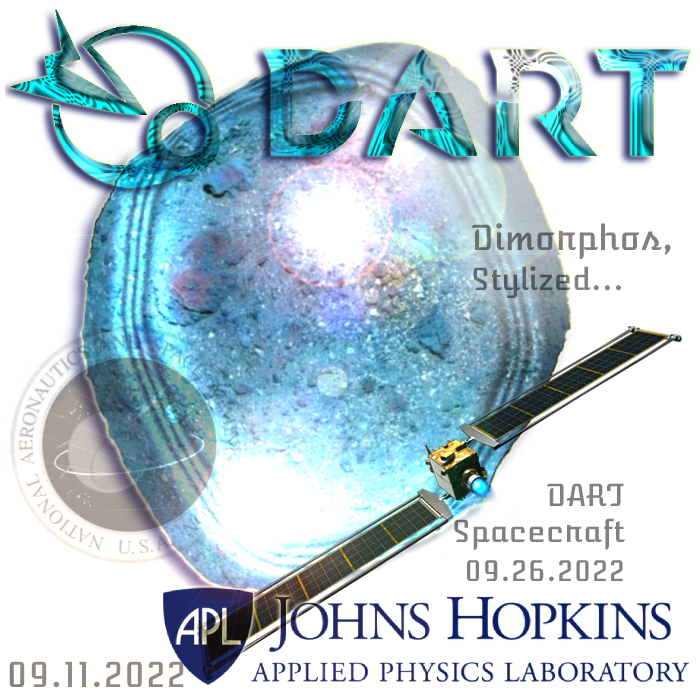 And we watched it all, in near real time -- at under 40 seconds after it transpired, out there in the blackness -- just allowing for speed of light transmission, and three more seconds to render the images, each.
And we watched it all, in near real time -- at under 40 seconds after it transpired, out there in the blackness -- just allowing for speed of light transmission, and three more seconds to render the images, each.
Here it is -- a complete success. That is actual DART onboard cam footage, below, BTW. We will have to wait a day or two to see how much it perturbed the orbit of Dimorphos (via ground based and space based telescopes), though:
This is an amazing evening, for humanity: the first time any human made object has moved the orbit of a celestial body of size. Whoosh -- grinning.
नमस्ते


















4 comments:
plus there was a small satellite that was released prior to the impact that captured it all. Will be interesting to see those pictures: https://dart.jhuapl.edu/News-and-Resources/article.php?id=20220924. all in all, quite the impressive feat. Kudos to those at JH/NASA and the Italian space agency.
Indeed -- I am guessing we will see that footage, either later today or tomorrow evening.
Cannot wait!
What an amazing time, for the history of astro-physics. . . Namaste.
Updated, on the morning of September 28, 2022:
The first images from the Italian "trailing box" camera clearly show a plume that is magnitudes larger than the diameter of the target asteroid itself -- and although a little blurry, they also show that the fainter parts of the dust cloud have already reached the parent Dimorphos.
https://www.nasa.gov/feature/first-images-from-italian-space-agency-s-liciacube-satellite
Now we wait for space telescope imagery, in the coming days. Great stuff!
awesome...thanks for posting...
Post a Comment